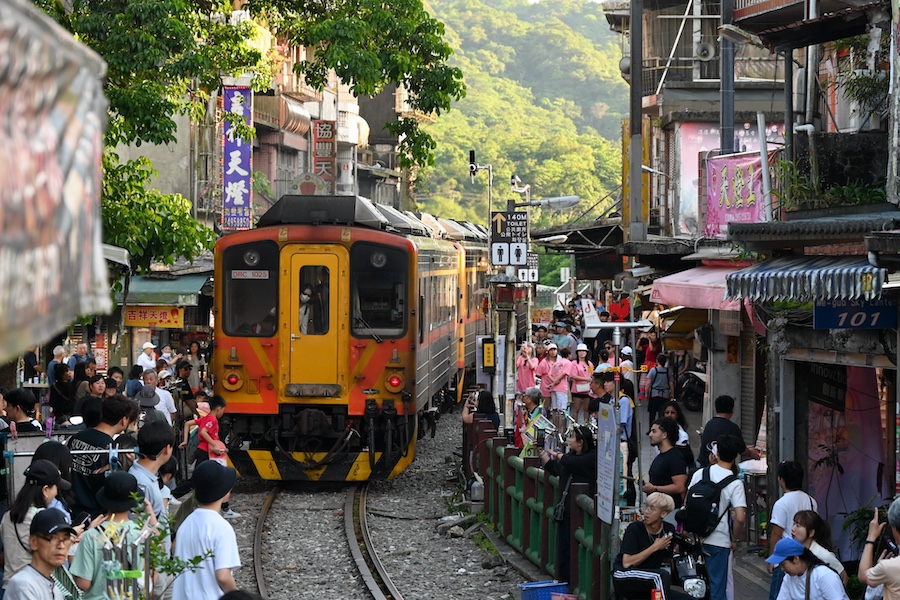
Taiwan Railways suspends Pingxi Line until January 30, 2026; bus replacement between Ruifang–Jingtong
JR East announced on November 22 the introduction of a Shinkansen rail monitoring vehicle, ‘SMART-Green’, and a track facility monitoring vehicle, ‘SMART-Red’. These vehicles mechanize inspections previously done visually by engineers to improve safety quality and employee productivity.
SMART-Green is a maintenance vehicle for inspecting and testing the condition of rails. Equipped with laser irradiation devices and ultrasonic sensors, it monitors the condition of rail surfaces, including depressions and wear, as well as internal damage. According to JR East, it can monitor at speeds up to 70 km/h, twice as fast as conventional flaw detection vehicles, making it the fastest in Japan for rail condition measurement.
On the other hand, SMART-Red is a maintenance vehicle for inspecting and testing track facilities. It features three functions: switch monitoring, track material monitoring, and point cloud data acquisition, measuring conditions such as track distortions and rail fastening systems, while also gathering spatial information around the track path through point cloud data.
The introduction of these vehicles is expected to reduce manual inspection work by about 50% and increase inspection frequency by up to 12 times. Additionally, the system that analyzes the big data collected from measurements will be introduced to enhance the prediction of deterioration, enabling condition-based maintenance.
SMART-Green was introduced in June 2023, and has been in operation since then. SMART-Red is scheduled to be introduced by the end of fiscal year 2025, with four units planned. According to a JR East official, the color scheme of each vehicle is inspired by the E5 series ‘Hayabusa’ and E6 series ‘Komachi’, and they can be operated connected together.
Furthermore, the JR East official stated that the role of the E926 ‘East i’ Shinkansen, introduced in 2001, differs from that of the newly introduced maintenance vehicles, and it will continue to be operational.